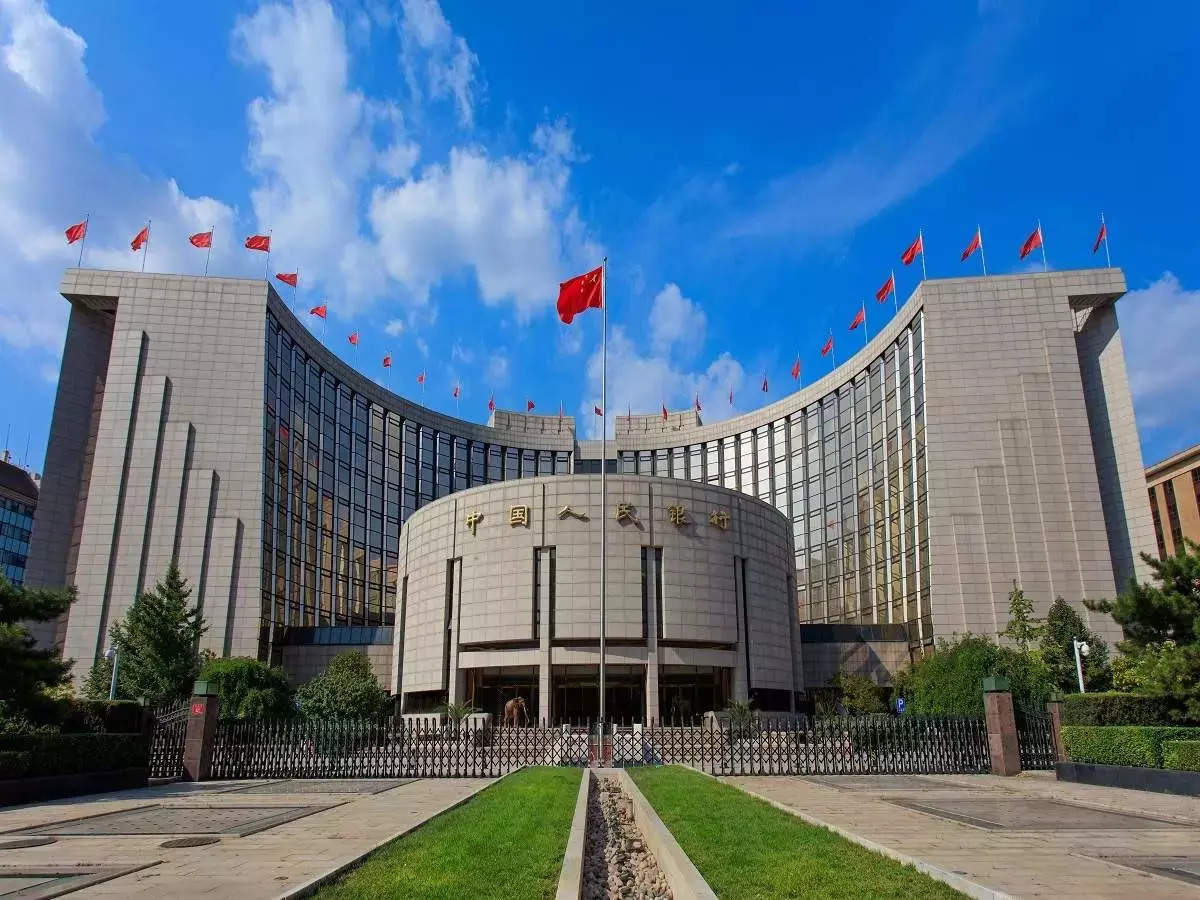[ad_1]
The world’s second-largest economy struggled to mount a strong post-COVID recovery last year as distress in the housing market, local government debt risks and weakening global demand slowed momentum, weighing on investors’ sentiment at the beginning of 2024.
People’s Bank of China (PBOC) Governor Pan Gongsheng said on Wednesday at a press conference in Beijing that the bank would cut the reserve requirement ratio (RRR) for all banks by 50 basis points (bps), adding the move would free up 1 trillion yuan ($139.45 billion) to the market.
It is the biggest such cut since December 2021, exceeding most analysts’ expectations.
“The RRR cut is a sign that PBOC will stick to a loose monetary stance throughout this year, despite having missed market expectation of an medium-term lending facility (MLF) rate cut earlier,” said Xu Tianchen, senior economist at the Economist Intelligence Unit.
“It’s also a sign that policymakers across the government want to ensure a good start for the economy by frontloading policy support. This is needed to achieve their ambitious growth target in a challenging year.”
The announcement of an RRR cut at a press briefing was unusual for the PBOC, which tends to signal such moves with statements posted on its website, often outside normal business hours. The reduction follows earlier cuts of 25 bps for all banks in March and September last year.
Hong Kong’s Hang Seng Index extended gains after the RRR cut was announced, ending the session up 3.6% to clock its biggest one-day gain in two months. Mainland stocks had closed before the announcement.
China’s stock market tumbled 13% in 2023 and had extended its slide in the new year amid relentless foreign selling. The blue chip CSI300 Index plunged to near five-year lows earlier this week.
China’s onshore yuan hit 7.1601, the strongest level since Jan. 12, after the announcement.
“But the challenges are still there and the banking system is still in trouble,” said Tim Graf, head of EMEA macro strategy at State Street.
“This is not entirely unexpected and this is not the panacea that will change the narrative too much. More targeted stimulus would be a more powerful lever to push and they seem to reluctant to do that.”
The PBOC will also cut re-lending and re-discount interest rates by 25 basis points for the rural sector and small firms from Jan. 25, Pan said.
MORE STIMULUS NEEDED
Analysts say more stimulus is needed this year as the government aims to spur growth to fend off deflationary risks and keep a lid on unemployment as businesses remained wary of adding workers.
“The pressure on employment will not decrease in 2024, and more efforts are needed to stabilise China’s employment,” said Yun Donglai, deputy director of the employment promotion department at the human resources ministry, at a separate press conference on Wednesday.
More prominence would be given to priority targets, such as strengthening support for college graduates and expanding job opportunities for them, Yun said.
In December, top Chinese leaders at a key meeting to chart the economic course for 2024 pledged to take more steps to support the recovery.
“A more proactive fiscal stance focusing on consumption is more important and effective. The allocation of fiscal resources to consumption instead of investment is critical, as China faces deflationary pressure,” said Zhiwei Zhang, chief economist at Pinpoint Asset Management.
“China needs stronger domestic demand instead of more production capacity,” he said.
So far, a slew of policy measures have proven only modestly beneficial, raising pressure on authorities to roll out more stimulus.
But the central bank faces a dilemma as more credit is flowing to productive forces than into consumption, which could add to deflationary pressures and reduce the effectiveness of its monetary policy tools, analysts say. Pressure on the yuan continued to limit the scope of monetary easing as well.
The economy grew 5.2% in 2023, meeting the official target, but the recovery has been more shakier than investors had expected.
Analysts polled by Reuters expected economic growth to slow to 4.6% this year.
($1 = 7.1712 Chinese yuan renminbi) (Reporting by Kevin Yao, Ellen Zhang, Liangping Gao and Samuel Shen; Editing by Shri Navaratnam and Alex Richardson)
[ad_2]
Source link
